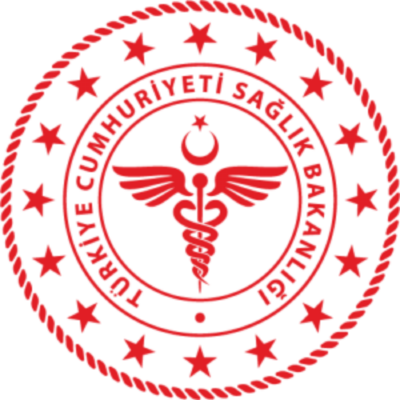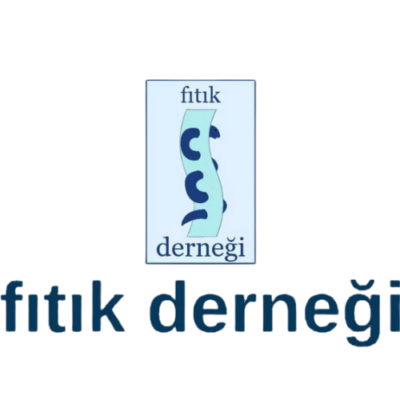
This endoscopic procedure applied to the stomach prevents the stomach muscles from contracting, making it harder for the stomach to empty. This results in a longer feeling of fullness, helping the patient lose weight more steadily and quickly.
This method, also applied endoscopically into the stomach, prevents the release of the hunger hormone normally released from the stomach, creating a dual effect of fullness. Thus, it both prevents stomach contraction and reduces hunger hormone release, creating a strong feeling of fullness in the stomach.
WHO IS IT SUITABLE FOR?
In the past, when we thought about losing weight, no one thought of general surgery. Everyone turned to dietitians, acupuncture, sports, exercise, and even some alternative methods. Later, for those we call morbidly obese, with a body mass index above 40 who had not achieved results with these methods, different methods were introduced, yielding highly successful results, which are still successfully applied today. However, for patients who do not want or fear surgery, the gastric balloon has become an alternative method. Yet, this also has its challenges, like severe pain for about 2 days post-procedure and the need for balloon removal after 6 months. However, with proper patient selection, this method continues to yield successful results.
Now, there is a method that has made the process very easy, can be applied in just 15 minutes without the need for extreme obesity, has no pain or cramps post-procedure, and allows individuals to resume their normal lives within 4 hours. This non-surgical method has become very popular and is successfully applied.
This application can be performed on anyone looking for quick results. It is also very beneficial for those who have previously undergone obesity surgery but have encountered negative outcomes again. It can be applied to everyone except those with severe gastritis or ulcers in the stomach or those who have a condition that prevents endoscopy.
HOW IS IT APPLIED?
This is the easiest to apply among other treatments, allows individuals to return to normal life the fastest, and is the most economical among surgical methods. Once applied to the stomach, its effect lasts approximately 4-6 months, during which individuals are expected to achieve good results. It is applied endoscopically into the stomach and takes about 15-20 minutes. Individuals can return to their normal lives approximately 4 hours after the procedure.
It is applied through an endoscopic method. The patient arrives at the hospital fasting from the night before. In the endoscopy unit, the procedure is performed under light sedation, a state similar to deep sleep, with an anesthesiologist. The patient feels no pain, bloating, or cramps. After the procedure and once the patient wakes up, they remember nothing. Approximately 1 hour later, the patient can go home and return to normal life after about 4 hours.
WHAT TO EXPECT?
Patients are first examined to calculate their body mass index and set short-term goals. Preparations for the procedure day are made. From midnight the night before the procedure, the patient should not eat or drink anything. The patient arrives at the hospital fasting in the morning. After registration, they are taken to the endoscopy unit, dressed in suitable attire by the anesthesia technician and nurse, and an intravenous line is opened. Later, under the supervision of their doctor and the anesthesiologist, the patient is taken to the endoscopy room where the non-surgical weight loss procedure will be performed. The anesthesiologist administers medication, placing the patient in a deep sleep. During this time, oxygen is provided through the nose. From this point onward, the patient remembers nothing.
The surgeon begins the endoscopy. After entering the stomach and checking for any severe ulcer or gastritis, the procedure is started if all is clear. The procedure is applied to approximately 40 different areas of the stomach. A final check for complications is performed, and the procedure is concluded. After awakening, the patient is taken to the recovery room. About 20 minutes later, they are fully awake, and the intravenous line is removed, after which they are discharged. Patients are advised to avoid activities requiring attention, such as driving or using knives, for about 4 hours.
Afterward, everything is normal, and the patient can begin to lose weight.








